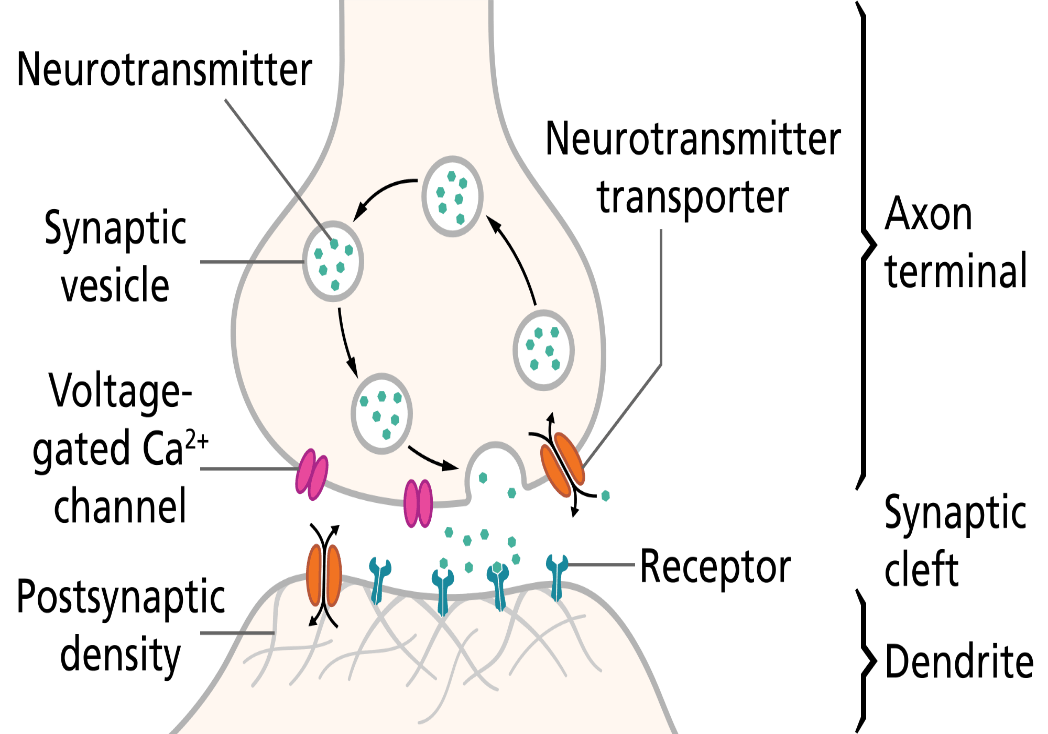What is pain?
Pain is an unpleasant sensory and emotional experience associated with actual or potential tissue damage.
What is Quantum Resonance Therapy?
Quantum Resonance Therapy (QRT) is the most recent technology used for accelerating rehabilitation. It uses Pulsed Electromagnetic Fields (P.E.M.F) in combination with Magneto-Mechanical Oscillations (M.M.O) to promote healing and relieve pain.
How does QRT reduce pain?
QRT reduces pain by the following ways:
- Re-establish the membrane potential
- Increased cell membrane permeability
- Increased blood and fluid circulation
- Decreased inflammation
Let us understand the pain inhibiting mechanism….
Trans-membrane potential (TMP) is the voltage difference between interior and exterior of cell. A difference in concentration of ions on opposite sides of the cellular membrane produce the TMP. The largest contributions usually come from sodium (Na+) and chloride (CI-) ions which have high concentrations in the extracellular region, and potassium (K+) ions, which along with large protein anions have high concentrations in the intracellular region.

Opening and closing of ion channels causes a local change in TMP which causes electric current to rapidly flow to other points in the membrane. This is facilitated by the energy derived from ATP.
In non-excitable cells, the TMP is held constant at a particular stable value, called the resting membrane potential (RMP). This value of the resting membrane potential varies depending on the type of cell, its location and its function.
For example, the resting membrane potential of neurons is -70 to -80 mV, that is, the interior of a cell has a negative baseline Voltage. Opening and closing of ion channels can induce:
- a departure from the resting potential, called a depolarization if the interior voltage rises (from -70 mV to -10 mV) OR
- a hyper polarization if the interior voltage becomes more negative (from -70 mV to -110 mV).
In excitable cells, a sufficiently large depolarization can evoke a short-lasting all-or-nothing event called an action potential, in which the TMP very rapidly undergoes a large change, often reversing its sign. Special types of voltage-dependent ion channels that generate action potentials but remain closed at the resting TMP can be induced to open by a small depolarization.
How is pain transmitted between nerve cells?
During inactive times, cells possess a charge of about -70mV. Pain is transmitted across the synapse in adjacent nerve cells by changes in TMP. When a pain signal arrives, it temporarily depolarizes the cell and raises the TMP to +30mV. This opens the channels in the cell membrane allowing the exchange of the sodium (NA+) and potassium (K +) ions, which then trigger the release of neurotransmitters via synaptic vesicles into the synaptic gap. Once the signal is transmitted, the cell depolarizes back to its previous level of-70mV.
![]()
How does QRT diminish pain?
QRT has action on the inactive state of the neuronal synaptic membrane. QRT adjusts the potential to a hyperpolarized level of -90mV. When a pain Signal is received, the TMP has to be raised again in order to fire an action potential via neurotransmitters but it only achieves to raise the cell TMP to an approximate +10mV. This potential is well below the threshold of +30mV necessary to release the neurotransmitters into the synaptic cleft and the pain signal is effectively blocked.
By causing a hyperpolarized state at the neuronal membrane, QRT effectively blocks pain as it prevents the threshold necessary to transmit the pain signal to be reached.
To know about the other mechanisms to reduce pain, read the next part of the blog!

0 Comments